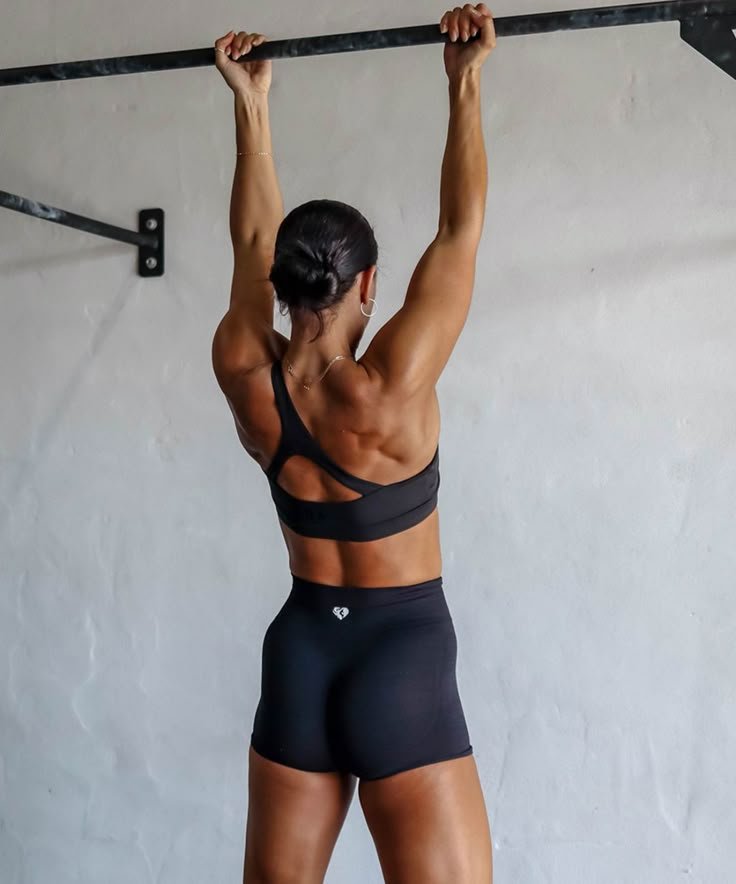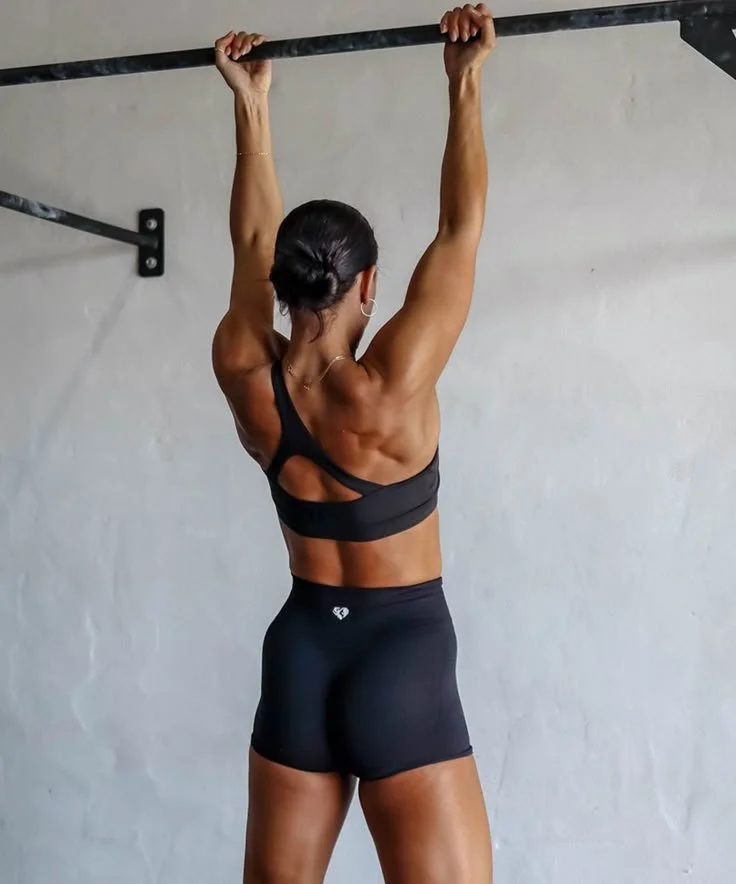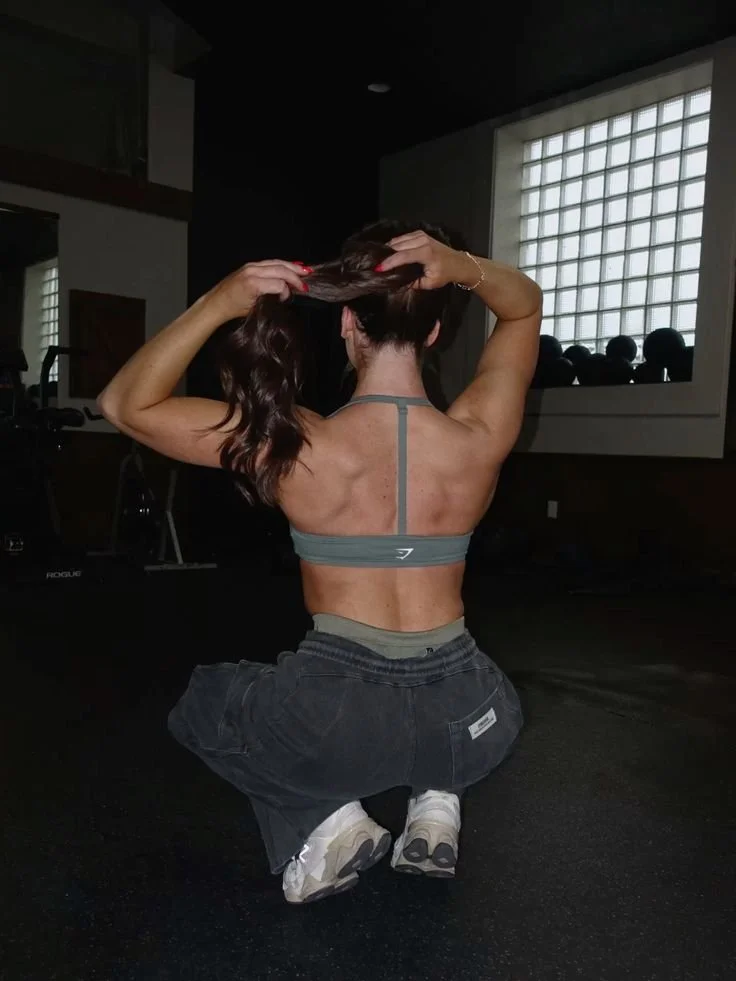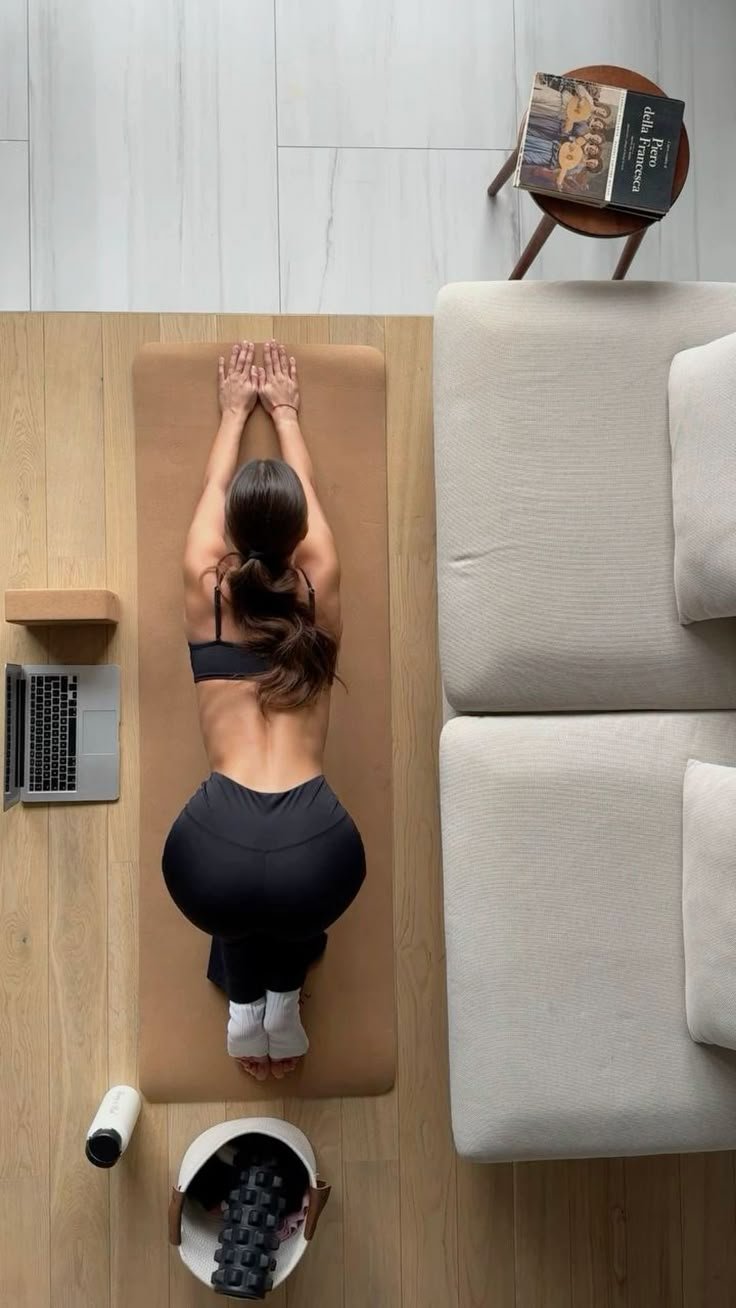The Ultimate Beginner’s Guide To Getting Into Exercise
For some, exercise is a passion—a daily ritual that energizes the body and clears the mind. For others, the idea of working out feels overwhelming, unfamiliar, or even intimidating. Whether you haven’t broken a sweat since high school or you’ve simply never found a routine that sticks, the good news is this: it’s never too late to start.
With the right mindset, guidance, and a bit of curiosity, you can create the right fitness routine that aligns with your goals, suits your lifestyle, and even becomes something you look forward to. This comprehensive beginner’s guide will walk you through everything you need to know to get started—from identifying your “why” to finding the perfect workout style, gear, and motivation.
No. 1
Why Do You Want to Start Exercising?
Before you lace up your sneakers or hit the gym, it’s important to understand your motivation. Your “why” is the foundation of your fitness journey—it will guide your choices, fuel your consistency, and help you stay on track when motivation dips.
Common Reasons People Start Exercising
Improve overall health and reduce the risk of chronic diseases
Increase energy levels and reduce fatigue
Support weight management or body composition goals
Boost mental health, reduce stress, and improve mood
Enhance physical appearance and build confidence
Train for a specific event, like a 5K or a hiking trip
Develop a new hobby or social outlet
No reason is too big or too small. What matters is that it matters to you. Once you’ve identified your purpose, you’ll be better equipped to choose the right type of exercise and stay committed to your goals.
No. 2
Explore the Right Activities for Your Goals
There’s no one-size-fits-all approach to fitness. The best workout is the one you enjoy and can stick to consistently. Whether you’re aiming to build strength, improve endurance, or simply move more, there’s a form of exercise that fits your needs.
Popular Types of Exercise and Their Benefits
Walking or Running
Great for cardiovascular health, endurance, and mental clarity. Start with brisk walks and gradually build up to jogging or running.Strength Training
Ideal for building muscle, improving metabolism, and enhancing bone density. Can be done with weights, resistance bands, or bodyweight exercises.Cycling
Low-impact cardio that’s easy on the joints. Whether on a stationary bike or outdoors, it’s a great way to burn calories and explore new places.Swimming
A full-body workout that’s gentle on the body and excellent for improving lung capacity and flexibility.Yoga or Pilates
Focuses on flexibility, core strength, and mindfulness. Perfect for reducing stress and improving posture.Dance or Group Fitness Classes
Fun, social, and high-energy. Great for those who thrive in a community setting and want to enjoy their workouts.
Pro Tip: Try a mix of activities to keep your routine fresh and prevent boredom. Cross-training also helps reduce the risk of injury by working different muscle groups.
No. 3
Invest in the Right Gear Without Breaking the Bank
You don’t need a closet full of designer activewear to get started, but having the right gear can make your workouts more comfortable, effective, and safe.
Essential Workout Gear for Beginners
Supportive Footwear
The right shoes for running or walking are crucial. Choose shoes based on your activity—running shoes for cardio, cross-trainers for gym workouts, and flat-soled shoes for lifting.Breathable Clothing
Look for moisture-wicking fabrics that keep you cool and dry. Comfortable, well-fitting clothes can boost your confidence and performance.Basic Equipment
Depending on your workout, consider investing in:A yoga or exercise mat
A set of dumbbells or resistance bands
A jump rope for cardio
A foam roller for recovery
Budget-Friendly Tips
Check out Facebook Marketplace, Gumtree, or local buy/sell groups for second-hand gear.
Many gyms and studios offer equipment rentals or provide everything you need for class.
Start small—you can always upgrade later as your routine evolves.
Gym Shark
Unleash your potential with Gymshark!
Discover high-performance activewear designed to empower your workouts and elevate your fitness journey.
Join the community and redefine your limits!
No. 4
Try Before You Commit: Taster Sessions & Intro Deals
One of the best ways to discover what you enjoy is to sample different workouts. Many gyms, studios, and fitness apps offer free trials or discounted introductory packages.
How to Explore Your Options
Taster Classes
Try yoga, spin, boxing, or HIIT classes without committing to a membership.Bring-a-Friend Offers
Ask a workout buddy to bring you along—many gyms offer guest passes or referral rewards.Fitness Apps & YouTube Channels
Platforms like Nike Training Club, FitOn, and YouTube offer free or low-cost workouts you can do at home.Community Programs
Check local councils or community centers for free outdoor classes, walking groups, or beginner programs.
Exploring different formats helps you find what feels right—and keeps your routine fun and engaging.
No. 5
Build a Routine That Works for You
Consistency is key when it comes to seeing results. But that doesn’t mean you need to work out every day or follow a rigid plan. Start with a realistic schedule that fits your lifestyle.
Tips for Creating a Sustainable Routine
Start Small
Aim for 2–3 sessions per week and build from there. Even 15–20 minutes of movement counts.Schedule Your Workouts
Treat them like appointments—block out time in your calendar and stick to it.Track Your Progress
Use a journal, app, or fitness tracker to log your workouts and celebrate milestones.Listen to Your Body
Rest is just as important as activity. Allow time for recovery, especially when starting out.Stay Flexible
Life happens—missed workouts don’t mean failure. Just pick up where you left off.
No. 6
Learn How to Exercise Safely
No matter which activity you choose, proper technique and safety should always be your top priority. Injuries can derail your progress and dampen your enthusiasm, so it’s important to build a strong foundation from the start.
Tips for Exercising Safely
Speak up if you’re new: If you’re attending a class or using gym equipment for the first time, let the instructor or trainer know. They can guide you through the correct form and help you avoid common strength training mistakes.
Start with the basics: Focus on mastering fundamental movements like squats, lunges, push-ups, and planks before progressing to more advanced variations.
Use mirrors or video: Watching yourself in a mirror or recording your form can help you identify and correct posture issues.
Watch reputable tutorials: Platforms like YouTube and Fitness Blender offer free, expert-led demonstrations of proper technique.
Don’t rush progress: Increase intensity gradually. Pushing too hard, too soon, can lead to injury or burnout.
Remember: everyone starts somewhere. Asking for help or taking it slow isn’t a sign of weakness—it’s a smart strategy for long-term success.
Orgain
Fuel your fitness journey with Orgain Protein!
Clean, delicious, and packed with the nutrients you need to crush your goals.
No. 7
Stay Motivated and Make It Fun
Motivation can ebb and flow, but building habits and finding joy in the process will keep you going long-term.
Ways to Stay Inspired
Set SMART Goals (Specific, Measurable, Achievable, Relevant, Time-bound)
Join a Challenge or sign up for a charity walk/run
Find a Workout Buddy or accountability partner
Create a Killer Playlist to energize your sessions
Reward Yourself for reaching milestones—new gear, a massage, or a healthy treat
Remember: fitness isn’t about perfection—it’s about progress. Every step you take is a step toward a healthier, stronger, and more confident you.
Enlist a Workout Buddy for Motivation
Exercising with a friend can be one of the most powerful tools for staying consistent and accountable. Not only does it make workouts more enjoyable, but it also helps reduce the anxiety of trying something new.
Benefits of Working Out with a Friend
Built-in accountability: You’re less likely to skip a workout when someone else is counting on you.
Shared knowledge: A more experienced friend can offer tips, encouragement, and guidance.
Social connection: Turn workouts into catch-up sessions or friendly challenges.
Confidence boost: Walking into a gym or class with a buddy makes the experience less intimidating.
Instead of the usual coffee catch-up or dinner out, why not suggest a walk, a yoga class, or a weekend hike? It’s a great way to bond while prioritizing your health.
No. 8
Stick to Your Routine and Build Momentum
Consistency is the secret ingredient behind every successful fitness journey. While motivation may come and go, discipline and routine will carry you through the tough days. Finding ways to stay motivated can help you reach your goals and help ensure exercise becomes a normal part of your routine.
How to Stay Consistent
Create a realistic schedule: Choose days and times that fit naturally into your lifestyle. Morning, lunch break, or evening—whatever works for you.
Plan ahead: Lay out your gym clothes the night before, prep your meals, and block off time in your calendar.
Track your workouts: Use a fitness journal or app to log your sessions. Seeing your progress on paper can be incredibly motivating.
Celebrate small wins: Whether it’s completing a week of workouts or hitting a personal best, take time to acknowledge your achievements.
Everyone has off days, but skipping one workout doesn’t mean you’ve failed. Get back on track the next day and keep moving forward.
No. 9
Fuel Your Body with Smart Nutrition
Exercise and nutrition go hand in hand. To get the most out of your workouts—and recover effectively—you need to nourish your body with the right fuel.
Key Nutrition Tips for Active Lifestyles
Balance your macros: Aim for a mix of complex carbohydrates, lean proteins, and healthy fats in every meal.
Stay hydrated: Water is essential for performance, recovery, and energy levels. Aim for at least 2–3 liters per day.
Prioritize protein: Protein supports muscle repair and growth. Try to include a source of protein in every meal and snack.
Supplement if needed: If you struggle to meet your protein needs, consider options like egg white protein supplement or a high-quality protein bar.
If you’re unsure where to start, consult a registered dietitian or use a tool like MyFitnessPal to track your intake and learn more about your nutritional needs.
No. 10
Set New Goals and Keep Challenging Yourself
As your fitness level improves, your goals should evolve too. Sticking with the same routine for too long can lead to plateaus, boredom, and a loss of motivation.
How to Keep Progressing
Revisit your goals regularly: What started as a goal to walk 30 minutes a day might evolve into running a 5K or lifting heavier weights.
Make your goals SMART: Specific, Measurable, Achievable, Relevant, and Time-bound.
Use tools and resources: Apps like Strava, Fitbod, or even AI-powered fitness planners can help you adjust your workouts based on your progress.
Don’t be afraid to try something new: If you’re getting bored, mix it up with a new class, sport, or challenge.
Progress doesn’t always mean doing more—it can also mean doing things better, with more control, confidence, and enjoyment.
No. 11
Track Your Progress and Celebrate Milestones
Documenting your fitness journey is a powerful way to stay motivated and reflect on how far you’ve come. Whether you share it publicly or keep it private, tracking your growth can be incredibly rewarding.
Ways to Track Your Progress
Take progress photos: Weekly or monthly photos can show changes that the scale might not.
Keep a workout journal: Note how you felt, what you did, and any improvements in strength or endurance.
Use fitness apps: Tools like Strong, JEFIT, or FitOn make it easy to log workouts and visualize your progress.
Follow fitness influencers: While you don’t need to document your journey publicly, following others can provide inspiration, tips, and a sense of community.
Looking back at where you started can be the ultimate motivation to keep going—especially on days when progress feels slow.
No. 12
Keep Going—You’re Becoming Someone Who Loves to Move
There’s something incredibly empowering about finding an activity you love and watching yourself grow stronger, more confident, and more energized over time. The key is to keep going—even when life gets busy or motivation dips.
Final Tips to Stay on Track
Revisit your “why” often: Remind yourself why you started and how far you’ve come.
Be flexible: Life happens. If you miss a workout, don’t stress—just pick it back up.
Plan for breaks: Rest and recovery are essential. Just make sure you have a plan to return.
Celebrate your identity shift: You’re not just someone who works out—you’re someone who values your health, prioritizes movement, and shows up for yourself.
Even light activity, like a daily walk or stretching session, can make a big difference in your physical and mental well-being. Whether you're just starting out or returning after a break, the tools and tips above will help you build a safe, sustainable, and fulfilling fitness journey.
FAQ
How often should a beginner work out?
Start with 2–3 sessions per week, focusing on a mix of cardio and strength. Gradually increase frequency as your fitness improves. Rest days are essential for recovery.
Do I need to join a gym to get fit?
Not at all. Many effective workouts can be done at home or outdoors with minimal equipment. Apps, YouTube videos, and bodyweight exercises are great places to start.
What if I’ve never exercised before?
That’s perfectly okay! Everyone starts somewhere. Begin with low-impact activities like walking, stretching, or beginner classes, and build up at your own pace.
How long does it take to see results?
It varies by individual, but many people notice increased energy and mood improvements within a few weeks. Physical changes typically appear after 4–8 weeks of consistent effort.
What should I eat before and after a workout?
Before: Eat a light snack with carbs and protein (e.g., a banana with peanut butter) 30–60 minutes before.
After: Refuel with a balanced meal containing protein, carbs, and healthy fats to aid recovery.
takeaways
Starting an exercise routine might feel daunting, but it’s one of the most rewarding investments you can make in yourself. Whether your goal is to feel stronger, look better, or simply move more, the journey begins with a single step—and that step can happen today.
You don’t need to be perfect. You just need to start. With the right mindset, a little planning, and a commitment to yourself, you can create a fitness routine that not only transforms your body but also your confidence, energy, and outlook on life.
So, take that first step, lace up your shoes, take a deep breath, and remind yourself: you’ve got this. Your future, fitter self is already cheering you on.
Looking for Wellness resources?
Are you looking to enhance your wellness routine? Explore our wellness partners who offer a wide range of resources to support your journey toward holistic living and well-being.
































